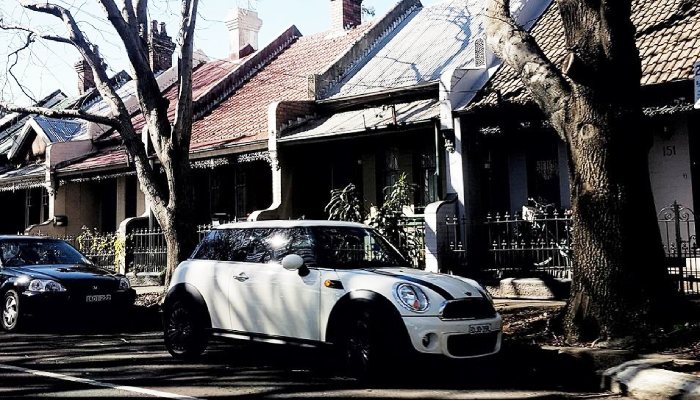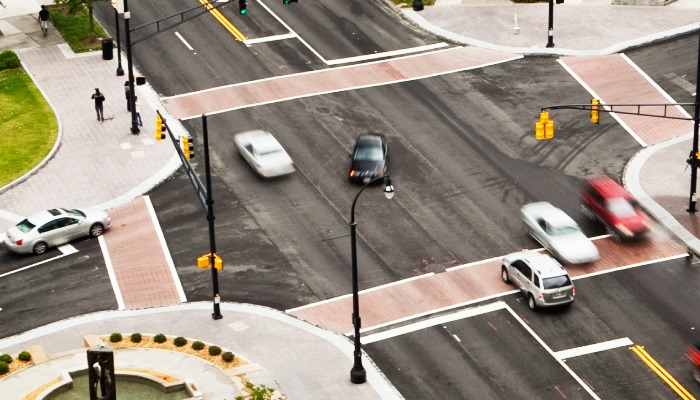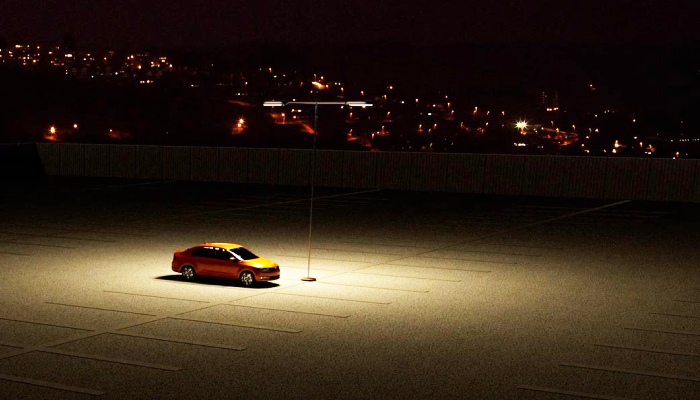
The Do’s and Don’ts of Parking in Suburban Streets
Parking in suburban streets can be a bit of a balancing act. While it might seem like a simple task, there are several rules and unwritten courtesies that drivers need to be aware of to avoid fines and maintain harmony with their neighbors. Whether you’re a resident or just visiting a suburban area, understanding the do’s and don’ts of parking is crucial. In this article, we’ll cover everything from respecting driveway access to ensuring you’re parked safely and legally. If you’ve ever wondered, “how close can I park to a driveway?” or have other parking-related questions, this guide is here to help you navigate the often-overlooked aspects of suburban parking.
Understanding Local Parking Regulations
Before you park your vehicle on a suburban street, it’s essential to familiarize yourself with the local parking regulations. Different areas may have specific rules about where you can and cannot park, including restrictions on street parking, nature strips, and parking spaces in front of your own house. Failing to adhere to these rules can result in fines, penalties, or even having your vehicle towed by local authorities. For instance, in Queensland, there are clear guidelines on how close you can park to a driveway, an intersection, or a pedestrian crossing.
Understanding these rules not only helps you avoid legal issues but also ensures that you’re contributing to a safer, more organized neighborhood. Whether you’re using on-street parking or looking for a designated parking spot in own driveway, being aware of local regulations is crucial. To learn more about parking regulations specific to driveways, check out our detailed guide on “how close can I park to a driveway” in Queensland. Being informed about these regulations will help you park confidently and responsibly in any suburban area.

Respecting Driveway Access
One of the most critical aspects of parking in suburban streets is ensuring that your parked vehicle never blocks or obstructs access to driveways. Driveways are private access points to residential properties, and blocking them can cause significant inconvenience to homeowners, potentially leading to disputes or even fines. In Queensland, for example, there are specific regulations about how close you can park to a driveway, typically requiring a minimum distance to ensure vehicles can enter and exit without obstruction.
When parking near a driveway, always make sure there is ample space for a vehicle to maneuver safely in and out. This is especially important if you’re parking on a nature strip or using available parking spaces in a car park. A good rule of thumb is to keep car parked at at least a meter or two away from the edges of a driveway. If off-street parking is available, consider using it to avoid any issues. This practice not only respects the rights of property owners but also helps maintain smooth traffic flow in suburban areas. Being mindful of where you park your own vehicle in relation to driveways can prevent unnecessary conflicts and contribute to a more considerate and cooperative community.
Avoiding Parking Near Intersections and Crosswalks
Parking too close to intersections and crosswalks is not only illegal in many areas but also poses significant safety risks to road users. These locations are high-traffic zones where visibility is crucial for both drivers and pedestrians. When parked vehicles are too close to an intersection or crosswalk, they can obstruct sightlines, making it difficult for other drivers to see oncoming traffic or pedestrians attempting to cross the street. This can be particularly dangerous for children or individuals with limited mobility who rely on clear visibility to cross safely.
In Queensland, specific rules govern how far you must park from intersections and pedestrian crossings to ensure safety. For instance, you should avoid parking at least three metres within 10 meters of an intersection without traffic lights and within 20 meters of an intersection with traffic lights. Cars parked too close to these areas may also receive a parking fine, especially if they are parked in a restricted parking zone or on council property. It’s important to be aware of these regulations, whether you’re parking your own vehicle or a spare car, to avoid fines and contribute to a safer environment.
By adhering to these rules, you help maintain a safer driving and walking environment in suburban areas. Always be mindful of the distance between your parked car and these critical points on the road, ensuring that your parking does not compromise the safety of others. Being aware of where you parked legally leave your car in street parks or designated parking zones can significantly reduce the risk of accidents and ensure compliance with local laws.

Considerations for Parking Near Schools and Parks
Parking near schools and parks requires the driver take extra caution due to the presence of children and increased pedestrian activity. These areas are often bustling with kids who may not always be aware of their surroundings, making it vital for drivers to park safely and considerately. In many suburban neighborhoods, there are specific parking restrictions during school hours to ensure the safety of students as they arrive and leave.
When parking near a school, it’s essential to be aware of drop-off and pick-up zones, which are typically marked with clear signage. These zones are designated for quick stops to ensure traffic flows smoothly and children can safely enter and exit vehicles. Parking in these zones when stopping signs not permitted can create congestion and endanger students. Similarly, near parks, avoid parking too close to playgrounds or sports fields where children might suddenly dart out between parked cars.
Always be mindful of the time of day and any temporary parking restrictions or signs that might be in place during school hours or special events at parks. By observing these rules and considering the safety of young pedestrians, you can help create a safer environment in these high-traffic suburban areas.
Night Parking: Keeping Streets Safe and Well-Lit
Parking your vehicle at night requires special attention to ensure both the safety of your car and the overall security of the neighborhood. Well-lit areas are the best choice for night parking, as they reduce the risk of accidents, theft, and vandalism. When selecting a parallel parking spot, try to park under streetlights or in areas that are illuminated by nearby homes. This not only deters potential criminal activity but also ensures that your vehicle is visible to other drivers, reducing the likelihood of collisions.
In suburban streets, avoid parking in areas that could obstruct the path of pedestrians or other vehicles, particularly in darker sections of the street. It’s also important to ensure that your vehicle’s lights are turned off after parking, as leaving them on can drain your battery and cause a nuisance to nearby motorists and residents.
Additionally, be cautious of where you park concerning other vehicles. Leaving enough space between your car and others helps to avoid damage from side mirrors being clipped or doors being accidentally scratched. Following these night parking guidelines can help maintain a safe and secure environment for everyone in the parking lots and the neighborhood.

The Importance of Parking Courtesy
Parking in suburban streets isn’t just about following legal regulations; it’s also about being a good neighbor. Parking courtesy plays a crucial role in maintaining positive relationships within the community and ensuring everyone’s needs are respected. One key aspect of this is avoiding long-term parking in front of someone else’s home, especially if you have the option to park in front of your own property or park opposite it in a designated parking area.
Another consideration is to be mindful of the space you take up. If you’re parking on a street with limited spots, try to park in a way that maximizes the available space, allowing others to park nearby as well. Avoid parking too close to the edges of driveways, as this can make it difficult for residents to enter or exit their property. Also, be aware of noise levels, especially late at night or early in the morning, to avoid disturbing your neighbors.
When parking near homes with limited street frontage, consider the impact your vehicle might have on someone else’s house, their access to their property and the overall aesthetics of the neighborhood. Practicing these small courtesies can go a long way in fostering a friendly and considerate community atmosphere, making suburban living more enjoyable for everyone.
Conclusion
Parking in suburban streets requires more than just finding an available spot; it involves understanding and using road rules, respecting local regulations, ensuring the safety of pedestrians, and being considerate of your neighbors. By following these do’s and don’ts, you can help create a safer, more harmonious environment in your community. Whether it’s knowing how close you can park to a driveway, avoiding intersections, or simply being courteous to those living nearby, small actions can make a big difference. Remember, responsible parking is not just about avoiding fines; it’s about contributing to the well-being and smooth functioning of your neighborhood.
This article is of a general nature and is intended for information only. It should not be relied upon as legal advice. If you require further information, advice or assistance for your specific circumstance, please contact us at Bouchier Khan Lawyers.
